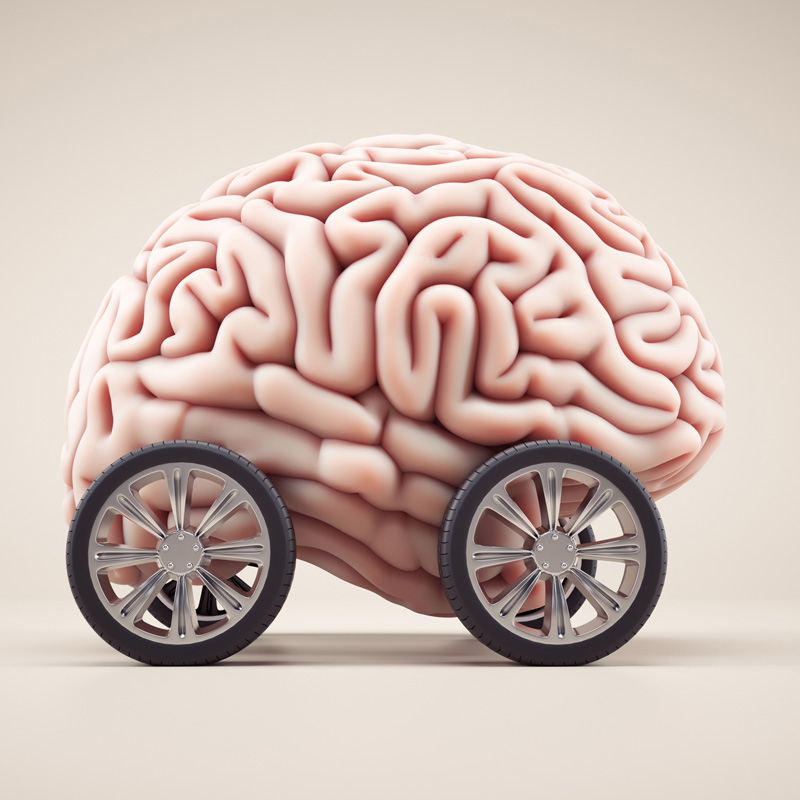China Invents Mind-Controlled Cars

Car companies across the globe, which includes Japan, Germany, and the United States, are hard at work developing self-driving cars. Toyota has even set a goal to finish the autonomous car in time for the Summer Olympics, which will be held in Tokyo. However, Nankai University students in Tianjin China have taken a step in another direction: cars driven by the power of the human mind.
How do China’s mind-controlled cars work?
The “how” is vague at best, since most people cannot comprehend the scientific jargon of the mind-controlled device’s operation. It is reported that the device reads brain signals and then converts those signals into mechanical commands. The car-controlling device’s sensors read something called electroencephalogram signals (EEG), which can be translated into various commands for the car. Currently, the device has 16 sensors it uses to read and convert your thoughts into actions.
Researcher Zhang Zhao described it as follows:
“The tester’s EEG signals are picked up by this (brain signal-reading) equipment and transmitted wirelessly to the computer. The computer processes the signals to categorize and recognize people’s intention, then translates them into control command to the car. The core of the whole flow is to process the EEG signals, which is done on the computer.”
Researchers also claim that “wandering thoughts” would not cause automobile crashes as the sensory needs a direct thought to create an action. The car-controlling device was demonstrated to successfully brake, accelerate, and lock and unlock the car’s doors.
What are the practical uses of cars controlled by your thoughts?
What is the point of getting a car you can control with your mind when you can get a car that drives itself? Well, the Chinese researches never meant for mind-controlled vehicle devices to replace or supersede self-driving cars. Zhao said the device would serve two main purposes. The first would be to help those who are physically unable to drive normal cars safely. The elderly and those with limbs (like hands to feet) that do not function properly could benefit from car driven with thoughts. The second would be to let the devices “provide healthy people with a new and more intellectualized driving mode”.
Others have suggested that the device could compliment self-driving cars, allowing the driver to still have a connection to the car, if a mental instead of physical one.
What are the risks of China’s mind-controlled vehicles?
It comes as no surprise that this technology sounds a few alarm bells. With distracted driving on the forefront of those seeking a safer way to travel, mind-controlled do not seemed like an apt solution. Those who text while driving will not benefit from cars controlled by the mind because the distracted mind is already the problem. People are also considered about the car’s response time. If a thought cannot immediately translate into an action from the car, then an accident could occur.
While the researches claim the device can weed commands from random thoughts, many are expressing doubt and worries regardless, since most minds tend to wander during drives.
What is the future of driving?
It seems the traditional ways of getting behind the wheel may be on its way out, yet trust in these new devices is not entirely forthcoming. Regardless, this mind-control technology’s first aim is to help those physically unable to drive and give them the power to drive, not reduce distracted driving.
For now, those who fear self-driving cars or mind-controlled cars and those who eagerly await them will both have to pause, since the technology isn’t road ready yet, even if it is under development.
Categorized in: Driving, Technology
